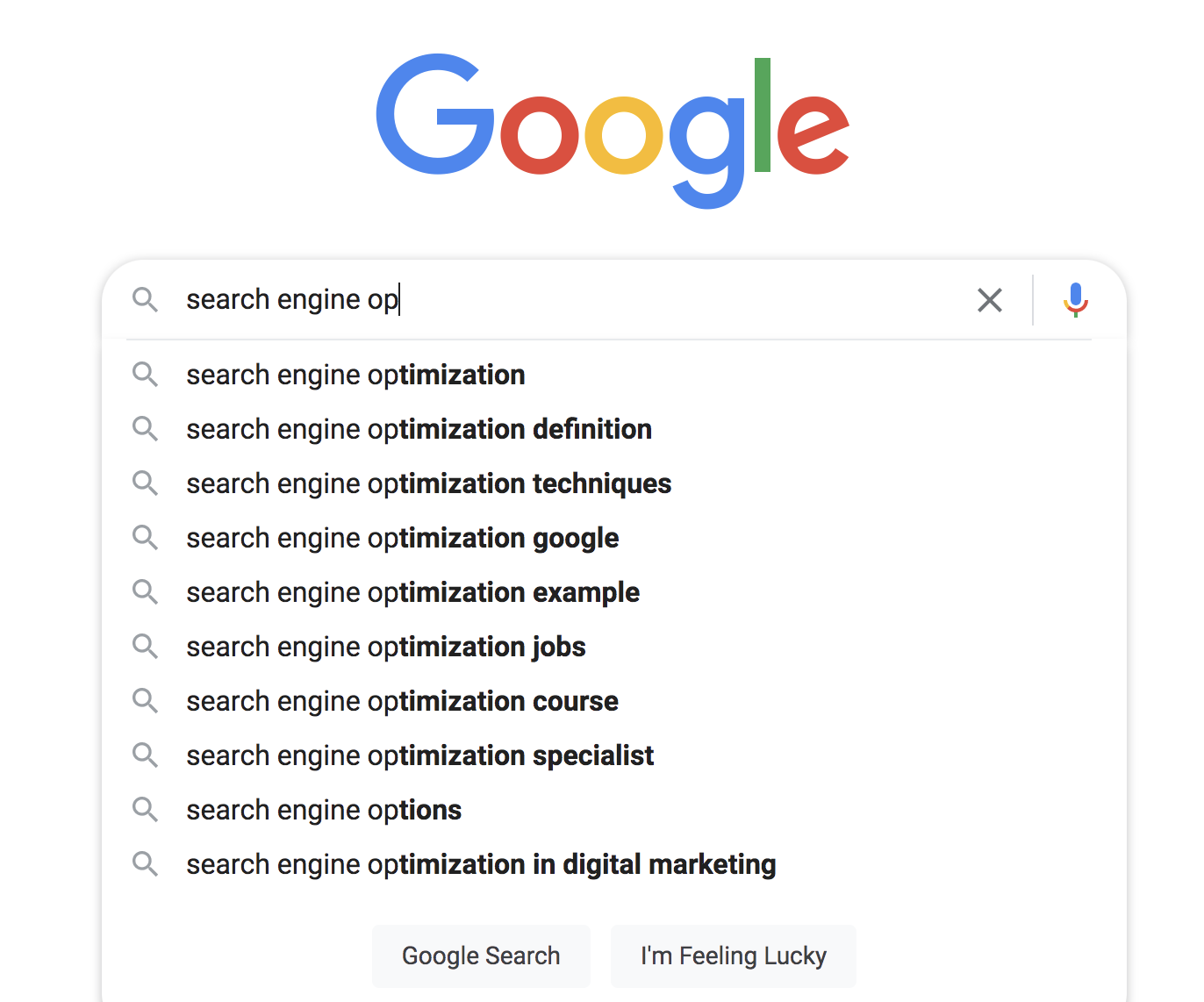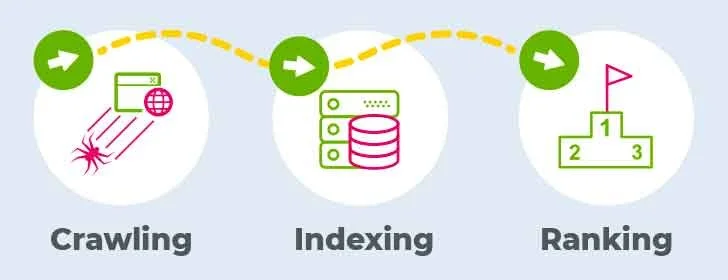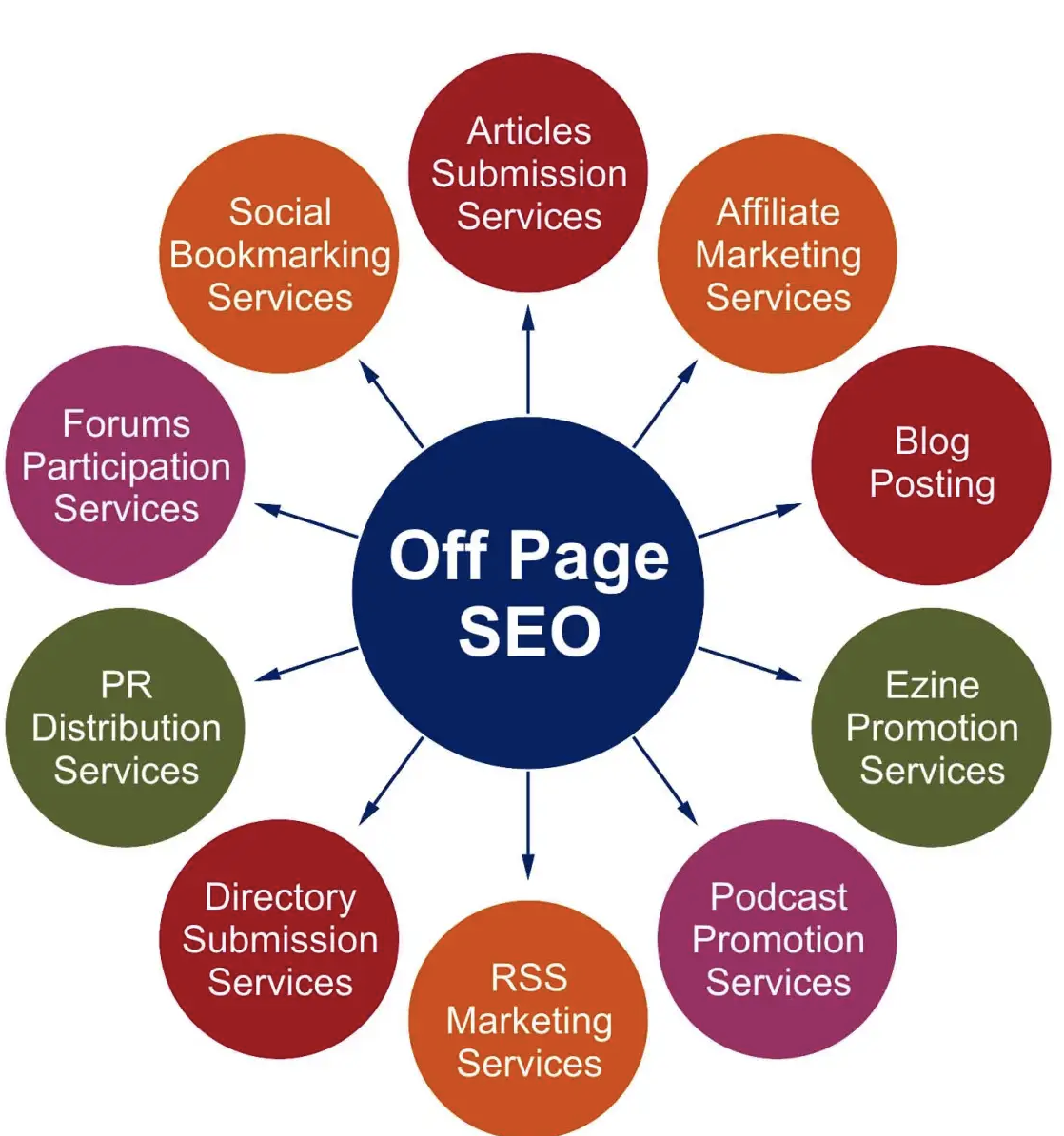An Introduction to Search Engine Optimization
SEO stands for Search Engine Optimization. According to Search Engine Land, SEO is the process of improving your site to increase its visibility when people search for products or services related to your business in Google, Bing, and other search engines.
Why is SEO so important?
If you’re interested in growing your site and gaining visitors, SEO is for you! ReliableSoft gives a few examples of the importance of SEO:
The majority of search engine users (more than 70%) are more likely to click on one of the top 5 suggestions in the search engine results pages (SERPS)
Good SEO practices improve the user experience and usability of a website
Users trust search engines to give them reliable and quality results
Improves social promotion of your site. People that find your site on a search engine are more likely to share it on social media.
If these haven’t convinced you about SEO, maybe this will. Moz Pro says that SEO has ~20 times more traffic opportunities than PPC (Pay Per Click: Non-organic) on both mobile and desktop. AND, SparkToro says that of all US searches, only ~2.8% of people click on paid advertisements.
What does a Search Engine do?
Simply, search engines sift through billions of sites and information while accounting for a bunch of factors to try to deliver the best results for your search all within half of a second. This is all done through a process of crawling, indexing, and ranking.
Image from TheInBoundly
Crawling
Crawling is the term used to describe how search engines explore the internet for content. They do this by sending out crawlers or “spiders” to find results. They discover all kinds of content from PDFs to videos to websites.
Indexing
Any information that is found by the crawlers is then stored in an index. This index is a giant database of the results from crawling and that’s good enough to be sent to users.
Ranking
Once all the content that is deemed acceptable is in the index, it’s ready to be ranked for the searcher. Like in the image above, the content present in the index is ranked depending on the query. Ranking is the order the results are put in on the search engine.
Different Types of SEO
3 types of SEO. Image from ReliableSoft
Search Engine Optimization isn’t a fixed process, there are different frameworks and rules used throughout. SEO is categorized into three types: Technical SEO, Off-page SEO, and On-page SEO.
Technical SEO
The technical structure of your site is crucial for performance. It deals with the settings and configurations in place that crawlers find. For technical SEO it’s all about what’s in the code (HTML, CSS, JAVASCRIPT). You want to make sure your code is correct and composed for humans (web developers) and crawlers for the best optimization.
On-page SEO
On-page SEO handles the content present on your page. The main focus of this is to help crawlers understand the meaning and message of the content. It’s important to have the right headings, links, images so that crawlers can get an idea of what your site is about.
On-page SEO image from ReliableSoft
Off-page SEO
Off-page SEO image from Samyak Online
One of the best ways crawlers can tell if a site is reliable is the number of outside sites that link back to it. These are called backlinks. The more well-known and trusted sites that have links to your site, the higher ranked it’ll be. BUT, if you try to buy backlinks or use “fake” backlinks it could negatively affect your ranking and violate some search engine’s guidelines. On the other hand, if you post good quality content and have others linking to your site, off-page SEO could change the game for your SEO.
Conclusion
SEO is pretty important for the success of your site. It’s a culmination of the correct website structure, quality content, and trustworthiness of your site. SEO uses its process to sift through billions of information and sites each second, make sure yours is the one it finds.





